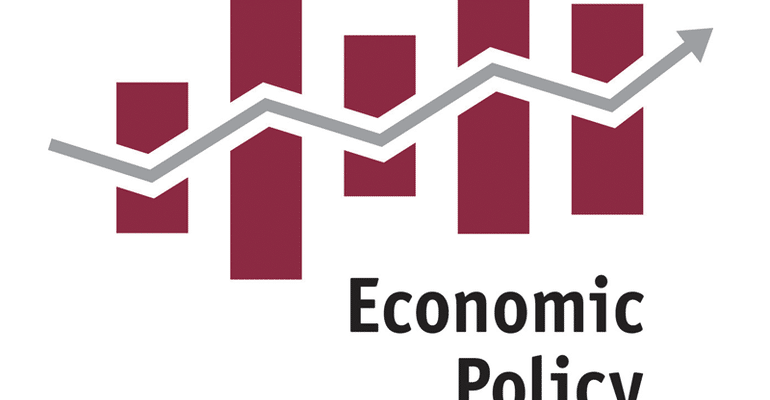A cost-benefit analysis
(A working paper from the Economic Policy Institute)
By Russell Ormiston, Dale Belman, and Matt Hinkel
November 1, 2017
…
The cost of state prevailing wage laws has been a considerable focus of independent, academic economists over the last 15 years. In study after study, the results demonstrate a clear consensus: state prevailing wage laws have not been shown to increase taxpayer costs on the biggest components of state construction budgets (roads and schools). If this seems counterintuitive, consider that high-wage contractors employ the most skilled and most productive workers and use the industry’s most advanced technology and equipment; this allows them to place bids on public construction projects that are competitive with-if not better than-those of low-wage, low-skill contractors. Essentially, state lawmakers “get what they pay for” when it comes to hiring contractors and workers to build public construction projects.
…
There is another fundamental problem with the current narrative on state prevailing wage laws: it entirely ignores the many benefits that the law provides a state’s residents and communities. In a time when economic opportunities for blue-collar workers are slipping away-devastating families and communities-prevailing wage laws are one of the few effective policies available to state lawmakers that increase the standard of living for these workers, incentivize employers to provide opportunities for training and skill development, and offer a clear pathway to the middle class for non-college educated state residents. Prevailing wage laws also advantage in-state and law-abiding contractors, reduce illegal employment practices, and improve workplace safety for a state’s residents. Any public discussion about state prevailing wage laws that ignores the benefits of the policy does an incredible disservice to a state’s workers, families, and communities.

